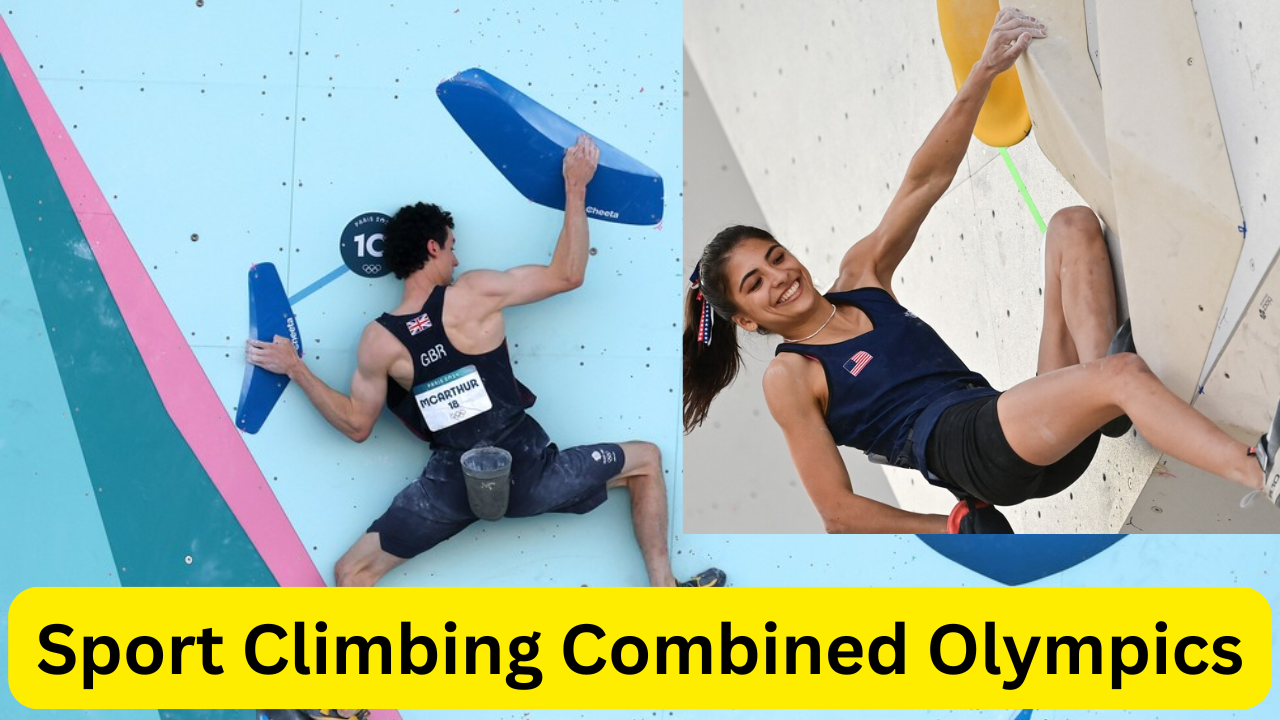Sport climbing, a discipline that combines speed, strength, and agility, made its debut at the Tokyo 2020 Olympics. This thrilling sport captivated audiences worldwide with its unique format and intense competition. The Combined Olympic format for sport climbing includes three disciplines: speed climbing, bouldering, and lead climbing. Athletes must excel in all three to claim victory, making it one of the most challenging events in the Olympic Games.
The Three Disciplines Explained
Speed Climbing
In speed climbing, athletes race against the clock on a fixed route. The wall is 15 meters high, and climbers use an auto-belay system to ensure safety. The goal is simple: reach the top as fast as possible. This discipline requires explosive power and impeccable technique, with top climbers completing the route in under 6 seconds.
Bouldering
Bouldering involves climbing without ropes on short but highly challenging routes, called “problems,” which are typically 4-5 meters high. Competitors have a limited amount of time to solve as many problems as possible. Bouldering tests a climber’s problem-solving skills, strength, and flexibility, as they must navigate complex movements and holds.
Lead Climbing
In lead climbing, athletes climb as high as possible on a wall measuring over 15 meters within a set time limit. Climbers clip their ropes into quickdraws for protection as they ascend. This discipline demands endurance, strategic planning, and the ability to handle extreme fatigue while maintaining precision and control.
Training for the Combined Format
Physical Conditioning
Training for the Combined format requires a comprehensive approach to physical conditioning. Athletes must develop a balance of speed, power, and endurance. Strength training focuses on finger strength, core stability, and upper body power. Exercises such as pull-ups, deadlifts, and fingerboard training are essential components of a climber’s regimen.
Technique and Skills Development
Climbers must hone their skills across all three disciplines. Speed climbers practice on standardized routes to improve their times, often using specialized drills to enhance their explosive starts and dynamic movements. Boulderers work on solving complex problems, improving their ability to read routes and execute difficult sequences. Lead climbers focus on endurance training, learning to pace themselves and conserve energy for the final, crucial moves.
Mental Preparation
Mental fortitude is crucial in sport climbing. Athletes must stay calm under pressure, make quick decisions, and remain focused throughout their climbs. Visualization techniques, mindfulness practices, and simulated competition scenarios help climbers prepare mentally for the high-stakes environment of the Olympics.
Notable Athletes and Performances
Several athletes have made significant impacts in the sport climbing community and the Olympics. Notable figures include:
- Janja Garnbret: This Slovenian climber is renowned for her dominance in bouldering and lead climbing, winning multiple World Championships and the first-ever Olympic gold medal in sport climbing.
- Adam Ondra: A Czech climber known for his exceptional lead climbing skills and groundbreaking ascents. Ondra has been a top competitor in international climbing competitions for over a decade.
- Alberto Ginés López: The Spanish climber who won the gold medal in the men’s combined event at the Tokyo 2020 Olympics, showcasing his versatility and strategic prowess.
The Evolution of Sport Climbing
Historical Context
Sport climbing’s journey to the Olympics began decades ago. Initially considered an extreme sport, climbing gained mainstream popularity through events like the X Games and various international competitions. The inclusion of climbing in the Olympic program reflects its growing acceptance and recognition as a legitimate competitive sport.
Impact of Olympic Inclusion
The inclusion of sport climbing in the Olympics has significantly boosted the sport’s visibility and popularity. It has inspired a new generation of climbers and increased participation worldwide. Climbing gyms have seen a surge in memberships, and more countries are investing in developing competitive climbing programs.
The Future of Sport Climbing in the Olympics
Potential Changes and Innovations
As sport climbing continues to evolve, there may be changes to the Olympic format. Discussions are ongoing about separating the disciplines into individual events, allowing specialists to compete solely in their area of expertise. This could lead to even more thrilling competitions and higher performance levels.
Growing Global Influence
Sport climbing’s global reach is expanding, with new talent emerging from diverse regions. Countries like Japan, the USA, and China are producing top-tier climbers, contributing to a more competitive and exciting international scene. The sport’s inclusion in youth programs and school curriculums is also fostering a new generation of athletes who may one day compete on the Olympic stage.
Conclusion
Sport climbing’s debut at the Tokyo 2020 Olympics marked a significant milestone in the sport’s history. The Combined format challenges athletes to master speed, bouldering, and lead climbing, showcasing their versatility and determination. As the sport continues to grow and evolve, it promises to remain a thrilling and dynamic event in future Olympic Games.
